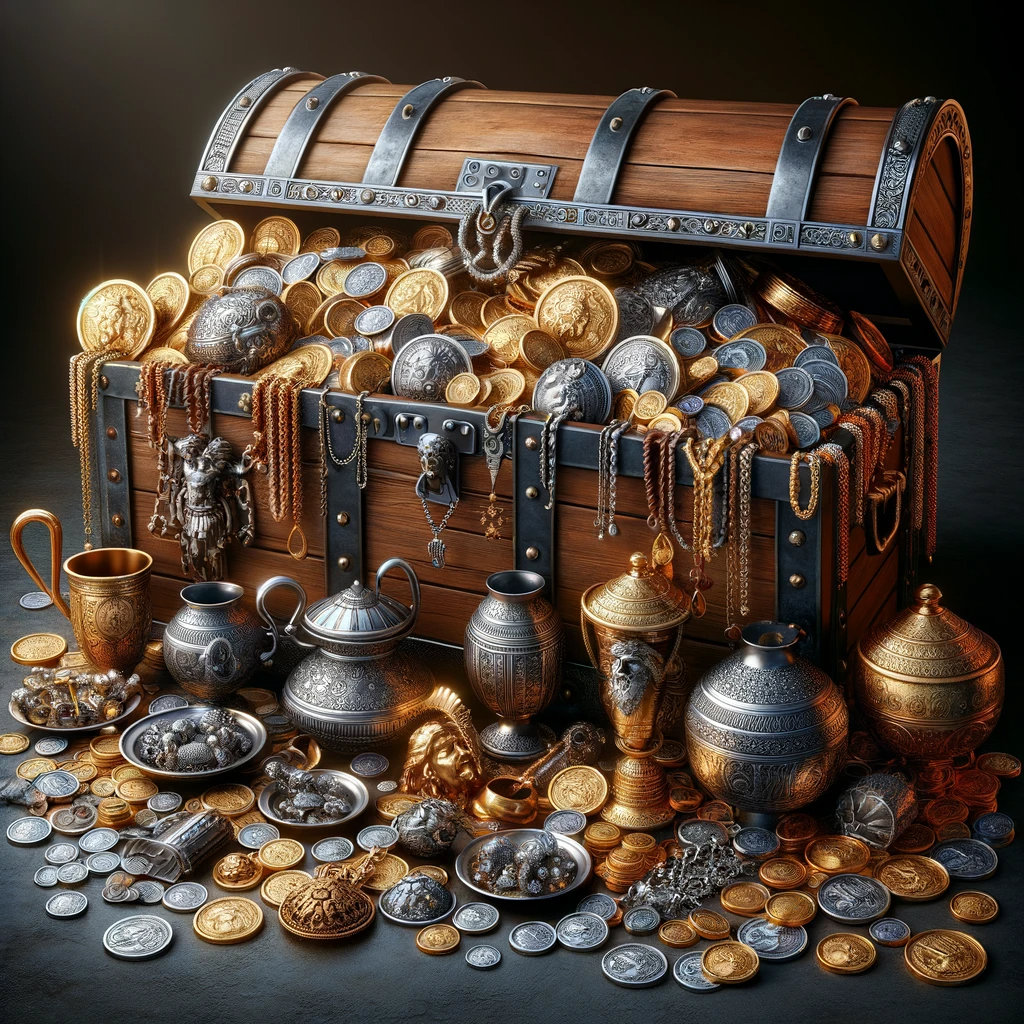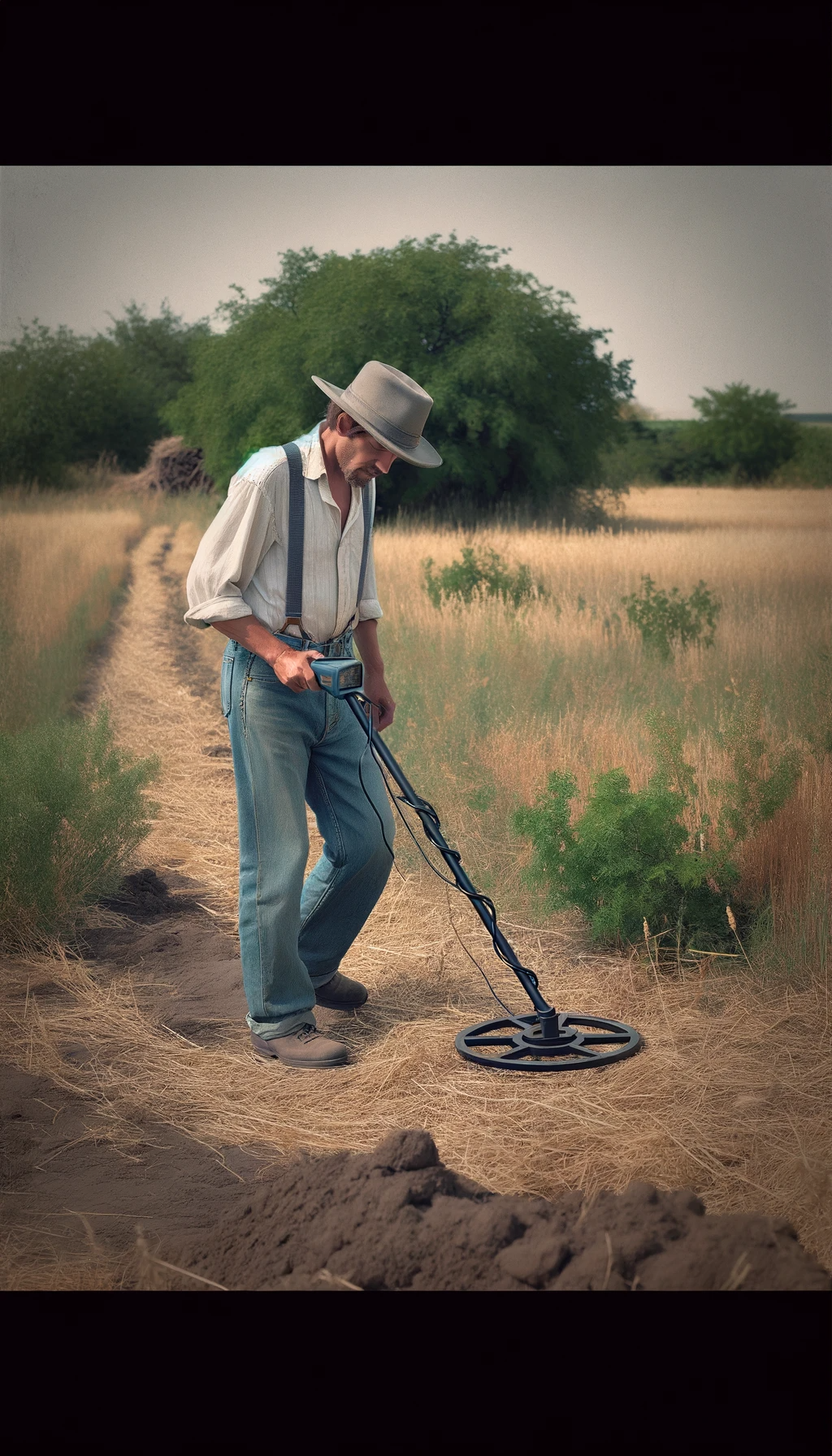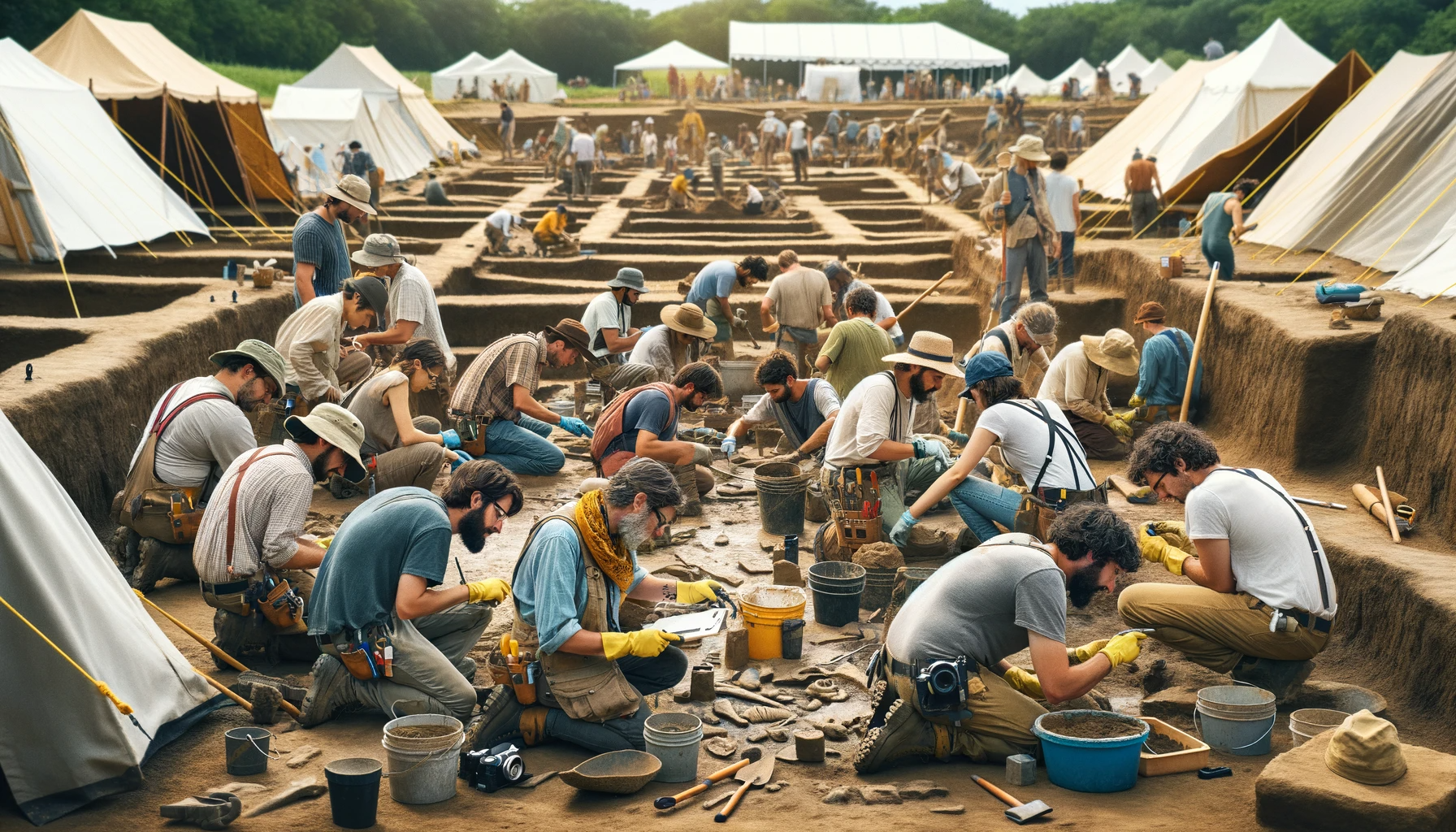The greatest Roman Empire treasure ever discovered
A major Roman Treasure Hoard, found by accident in the village of Hoxne.

The Hoxne Hoard stands out as one of the most significant discoveries of Roman treasure, not just in Britain but across the former Roman Empire and it was by accident!
Eric Lawes, a retiree from the utilities sector in the village of Hoxne, Suffolk, in England, had been gifted a metal detector upon retiring. On the 16th of November, 1992, while searching for a hammer lost by a friend who farmed the land, Lawes stumbled upon several old coins and spoons with his metal detector. This discovery turned out to be the initial find of what is recognized today as the Hoxne Hoard. This trove, the most substantial collection of Roman-era riches ever uncovered in Britain, comprised close to 15,000 items, including coins and precious metals valued at approximately £3.5 million. These artifacts now reside in the British Museum for public viewing.

Eric Lawes' actions upon discovering the initial coins earned him significant acclaim in the scientific community. Rather than continue to excavate in search of more treasure, he responsibly refrained from further digging and contacted the Suffolk Archaeological Unit. Thanks to his restraint, a meticulous excavation of the site was conducted, allowing for a detailed record of the location of each item within the hoard. This careful process even allowed for the reconstruction of the chest that housed the treasure and the original arrangement of the objects within it. Lawes' approach brought newfound respect to metal detecting enthusiasts. Before his discovery, archaeologists often frowned upon metal detector users, seeing them as disruptive to legitimate archaeological work. Lawes' proper handling of the find helped change this perception, showing that cooperation between amateur treasure hunters and professional archaeologists could lead to significant historical discoveries.
The hoard contained an astonishing array of gold and silver artifacts, including jewelry such as gold body chains, bracelets, chain necklaces, finger rings, and a treasure trove of coins. Among the silverware were spoons bearing Christian inscriptions, ladles, and pepper pots, one of which is famously known as the 'Empress' pepper pot, intricately crafted to resemble a noblewoman.
Among the jewels, the hoard contained 29 pieces of gold jewelry, including a remarkable gold body chain, six chain necklaces, three finger rings, and 19 bracelets. One bracelet stood out with the inscription "VTERE FELIX DOMINA IVLIANE", suggesting ownership by a lady named Juliane. The body chain, a rare find, would have draped over the shoulders and under the arms, clasped by decorative fastenings—one with an amethyst surrounded by garnets. Another clasp included a gold coin of Emperor Gratian, suggesting the piece may have been a family heirloom. This jewelry's craftsmanship highlights the era's fine metalwork and the upper-class's sophisticated taste.
The collection boasts 78 spoons, some featuring the Christian monogram cross or Chi-Rho symbol, and 20 ladles, adorned and gilded. The hoard also includes four pepper pots, five bowls, two vases, and various toilet implements like toothpicks and ear-cleaners. The presence of Christian symbols like the Chi-Rho on these items indicates the owner's religious beliefs and contributes to the understanding of Christianity's spread in late Roman Britain.

The hoard comprised a vast collection of gold and silver coins, around 14,865 in total, with the latest minted in AD 407-408, helping date the hoard's burial after this period. The coins provide a chronological marker of the hoard's entombment and reflect the wide-reaching trade networks and economic systems of the Roman world.
Perhaps the most celebrated item is the 'Empress' pepper pot, a silver container exquisitely crafted to depict a noblewoman, showcasing the Roman elite's luxury and taste.
Pepper, a luxury in the Roman world, was first brought from India in the 1st century AD. Containers specifically for storing pepper, known as piperatoria, are quite rare in archaeological finds. This specific piece is a hollow silver bust of a woman, not an empress as once thought, but rather an embodiment of a wealthy, refined, and educated Roman lady. This interpretation is supported by the gilded jewelry and attire she's adorned with, and the scroll in her hand, indicating literacy and education.
Functionally, the pot includes a disc at the base with three settings: one for keeping it closed, another with large openings for filling it with ground pepper, and a third with smaller holes suitable for sprinkling the spice. This clever design showcases the sophistication and practicality of Roman craftsmanship.
The Hoxne Hoard was not just a collection of valuable items but also a reflection of the time's societal and economic conditions. The hoard's contents suggest it belonged to a wealthy Romano-British family and was buried during a period marked by significant upheaval. As the Roman Empire's influence waned and Britain faced threats from various raiders, the hoard's burial likely served as a protective measure, intended to safeguard the family's wealth until the turmoil passed.
The discovery of the hoard provided a glimpse into the luxurious lifestyle of the Roman elite in Britain. The silverware and coins indicated not just wealth but also a strong Christian presence, signified by the Chi-Rho symbols on some items. Such details paint a picture of the Romano-British society's complex religious and cultural fabric during the late Roman period.









About the Roman Empire Times
See all the latest news for the Roman Empire, ancient Roman historical facts, anecdotes from Roman Times and stories from the Empire at romanempiretimes.com. Contact our newsroom to report an update or send your story, photos and videos. Follow RET on Google News, Flipboard and subscribe here to our daily email.
Follow the Roman Empire Times on social media: